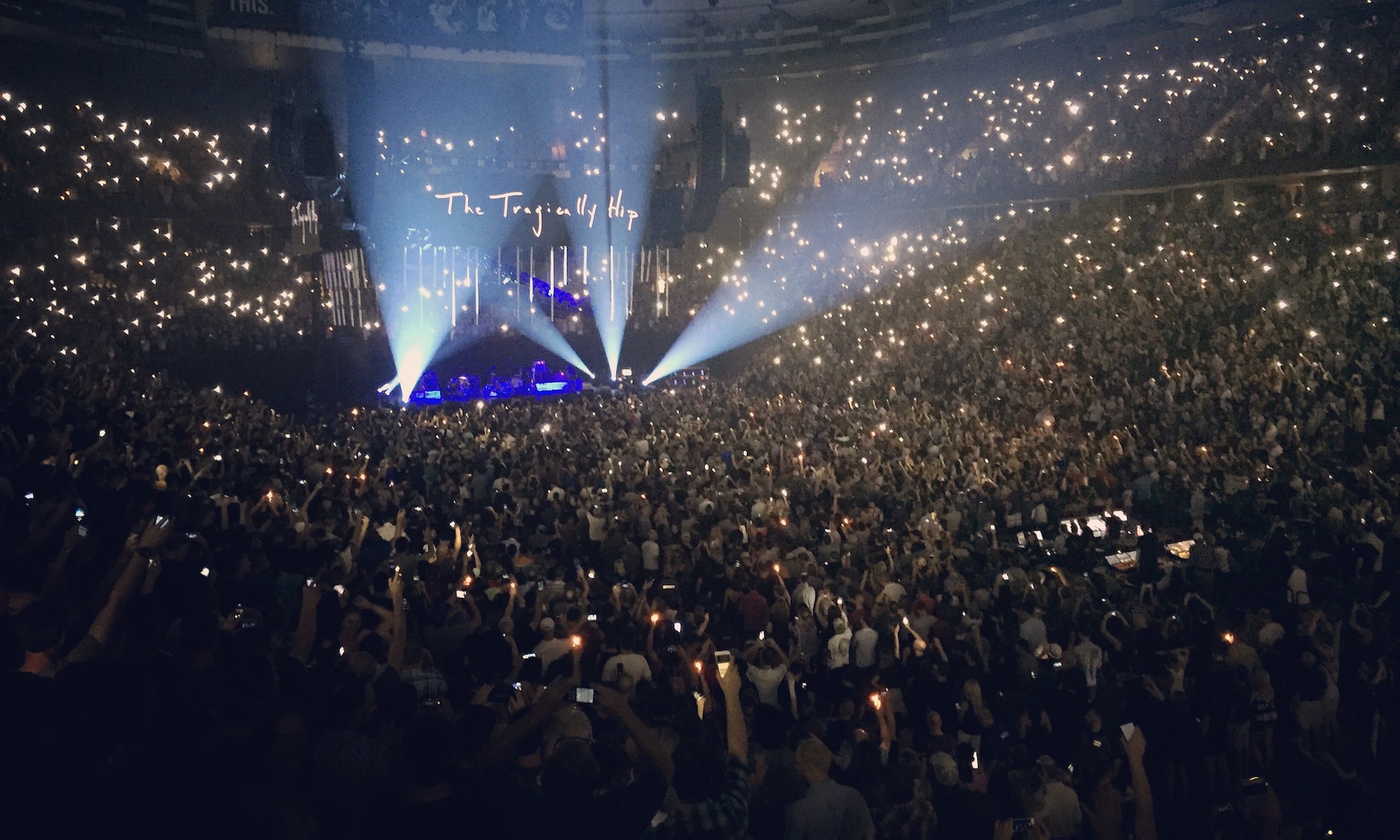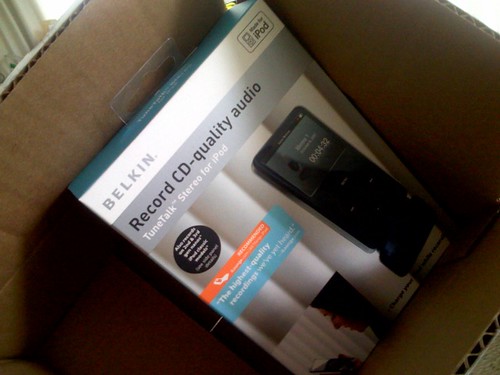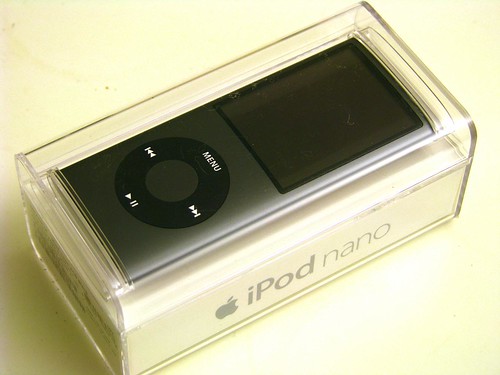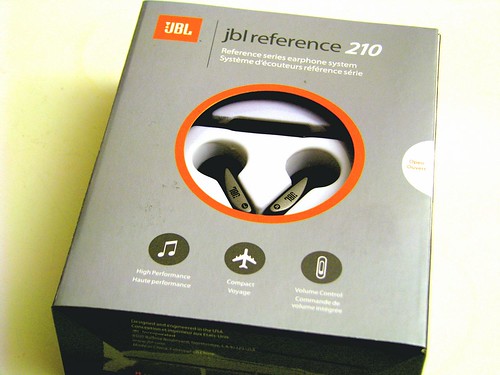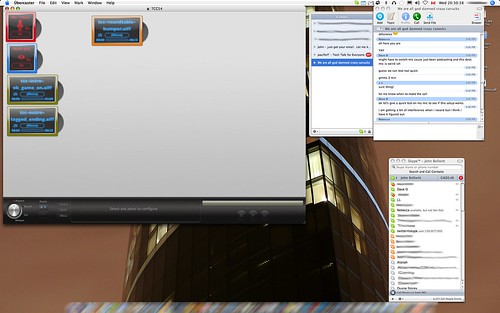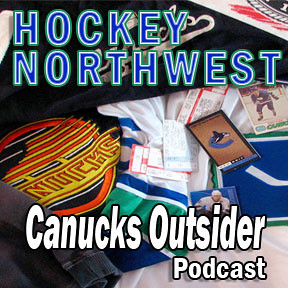When Rebecca and I went to Kansas City this past summer, something happened with my mobile recording setup. By something, I mean the whole setup vanished. The 2G iPod nano, Belkin TuneTalk Stereo, windscreen, the nearly five year old pair of ear buds, and a sneaky lapel microphone that I never had a chance to try on the line input of the TuneTalk.
Gone. Poof. No trace, and I swear it made it all the way back to Vancouver with us. Probably one of my absolute favorite pieces of mobile recording gear that I have ever come across and the staple of both RadioZoom and The Crazy Canucks podcasts when things went mobile. It was heartbreaking to give up the search and declare all lost, if not stolen.
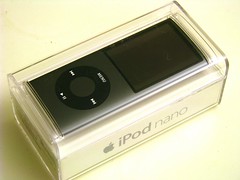 As I mentioned previously, I was able to replace the iPod nano with the most recent release of the 4th generation model. That was a happy day to have that apart of my daily commutes again, and the backlog of podcasts is something I’m still listening through.
As I mentioned previously, I was able to replace the iPod nano with the most recent release of the 4th generation model. That was a happy day to have that apart of my daily commutes again, and the backlog of podcasts is something I’m still listening through.
Rebecca went to work and contacted Belkin about our plight. The fact is that we have been very outspoken about their TuneTalk Stereo accessory for the iPod, and I still stand by everything I’ve said about it.
It is true that it doesn’t have all the bells and whistles that many audiophiles would like to have. The only functionality that you have is to record in stereo or mono, but the recordings were done in 44.1Khz, uncompressed WAV files. In plain English, that’s really good, high quality audio. It’s perfect for mobile voice recording like interviews or on location for events, and I’ve mentioned this numerous times when people ask me about the gear I use or the various speaking engagements that I’ve been apart of, such as Northern Voice or Net Tuesday.
So we were very fortunate to have this package arrive in the mail about a month or so ago.
Thanks to Belkin, we have a replaced the lost TuneTalk Stereo. Even better, it works with the 4G iPod nano.
I have yet to make many ventures with the device and really test it out, but preliminary tests have been impressive. You can hear some evidence of it in episode #68 of The Crazy Canucks. Listen for the organ at the beginning and the “secret track” at the end to get some samples of some live audio I captured at GM Place.
With hope, a new episode of RadioZoom will roll out soon. With this second chance to do some great recording, I have to really see what I can do with this sucker.
